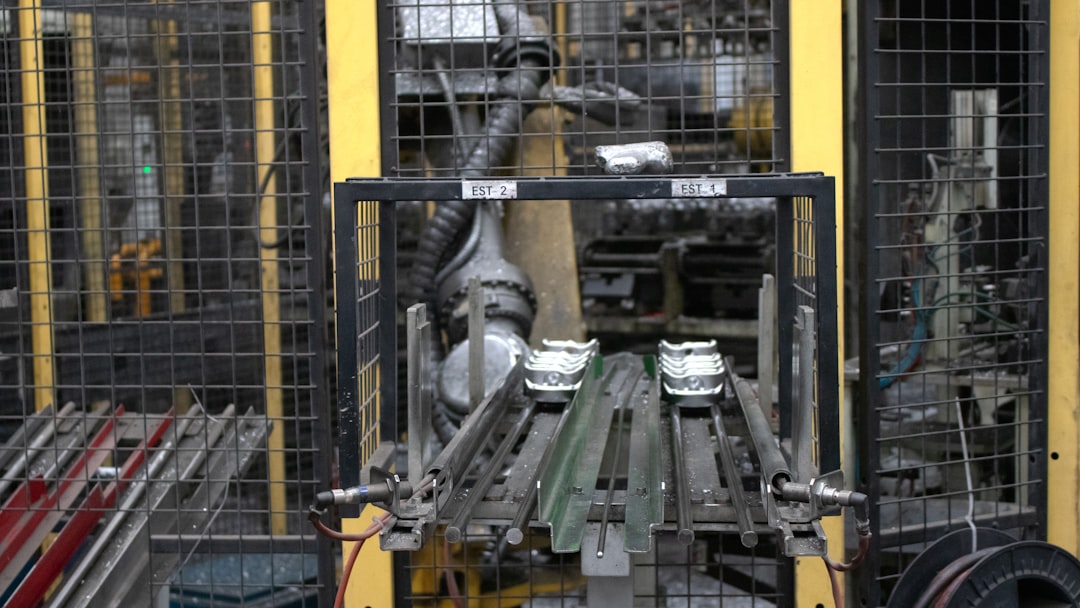The machinery manufacturing industry relies heavily on a consistent and reliable supply of high-quality steel. From the smallest components to the largest frames, steel forms the backbone of countless machines. Securing the right steel, at the right price, and with the right specifications is crucial for profitability, product quality, and meeting deadlines. This comprehensive guide explores the intricacies of steel supply for machinery manufacturing, offering insights into best practices and potential challenges.
Sourcing Steel: Finding the Right Supplier
Finding a reliable steel supplier is the cornerstone of efficient machinery manufacturing. This involves more than just finding the cheapest option. Consider these factors:
- Geographic Location: Proximity reduces transportation costs and lead times. Consider suppliers within a reasonable distance to minimize delays and logistical hurdles.
- Steel Grades and Specifications: Ensure your supplier can provide the specific steel grades (e.g., AISI 1045, 4140, 304 stainless steel) and meet the required mechanical properties (tensile strength, yield strength, hardness) for your machinery components.
- Volume and Consistency: Establish a clear understanding of your steel requirements and ensure your supplier can consistently meet your demand volume without compromising quality.
- Certifications and Quality Assurance: Look for suppliers with relevant certifications (ISO 9001, for instance) demonstrating their commitment to quality management systems. Request certificates of compliance and mill test reports to verify steel quality.
- Supplier Relationships: Building strong relationships with your suppliers fosters open communication, collaboration, and potentially more favorable pricing and terms.
Quality Control: Ensuring Steel Integrity
The quality of the steel directly impacts the performance and longevity of your machinery. Implementing rigorous quality control measures is essential:
- Incoming Inspection: Thoroughly inspect all incoming steel shipments to verify that they meet the specified grades, dimensions, and quality standards. This may involve visual inspection, dimensional checks, and potentially metallurgical testing.
- Traceability: Maintain complete traceability of the steel from its origin to the finished machine component. This ensures accountability and allows for quick identification and resolution of any quality issues.
- Non-Destructive Testing (NDT): Employ NDT methods like ultrasonic testing, radiographic testing, or magnetic particle inspection to detect internal flaws or defects in the steel before machining.
- Statistical Process Control (SPC): Use SPC techniques to monitor and control the manufacturing process, ensuring consistent steel quality throughout production.
- Collaboration with Suppliers: Maintain open communication with your suppliers to address any quality concerns promptly and prevent future issues.
Cost Optimization: Managing Steel Procurement Costs
Steel is a significant cost factor in machinery manufacturing. Effective cost optimization strategies are crucial for profitability:
- Negotiate Prices: Leverage your purchasing power to negotiate favorable pricing with your steel suppliers. Consider long-term contracts for price stability and volume discounts.
- Optimize Inventory: Implement inventory management techniques like Just-in-Time (JIT) to minimize storage costs and reduce the risk of obsolescence.
- Explore Alternative Steel Grades: Investigate whether alternative steel grades with similar mechanical properties can offer cost savings without compromising performance.
- Waste Reduction: Minimize steel waste during the manufacturing process through efficient cutting techniques, optimized designs, and proper material handling.
- Supplier Consolidation: Consolidating your steel supply to fewer, more reliable suppliers can simplify procurement, streamline logistics, and potentially lead to better pricing.
Sustainability in Steel Supply: Environmental Considerations
The environmental impact of steel production is significant. Incorporating sustainable practices into your steel supply chain is increasingly important:
- Source Steel from Responsible Suppliers: Choose suppliers committed to sustainable manufacturing practices, including reducing carbon emissions and minimizing waste.
- Recycled Steel: Prioritize the use of recycled steel to reduce the environmental footprint of your machinery production.
- Waste Management: Develop effective waste management strategies to minimize steel scrap and recycle it responsibly.
- Carbon Footprint Reduction: Track and reduce the carbon footprint of your steel supply chain through efficient logistics and sustainable sourcing practices.
<liGreen Procurement Policies: Implement green procurement policies that consider the environmental impact of your steel purchases.
The Future of Steel Supply in Machinery Manufacturing: Technological Advancements
The machinery manufacturing industry is constantly evolving, and technological advancements are transforming steel supply chains. Additive manufacturing (3D printing) offers possibilities for creating complex parts from metal powders, reducing material waste and enabling customized designs. Digitalization and data analytics are improving inventory management, predicting demand, and optimizing logistics. The use of advanced materials, such as high-strength low-alloy (HSLA) steels and advanced high-strength steels (AHSS), is also increasing, offering improved performance and lighter weight designs. Staying informed about these advancements is crucial for maintaining a competitive edge.
By carefully considering sourcing, quality control, cost optimization, and sustainability, machinery manufacturers can ensure a reliable and efficient steel supply chain, contributing to the production of high-quality, durable, and cost-effective machinery.
Tags: Steel supply, machinery manufacturing, steel procurement, quality control steel, sustainable steel




